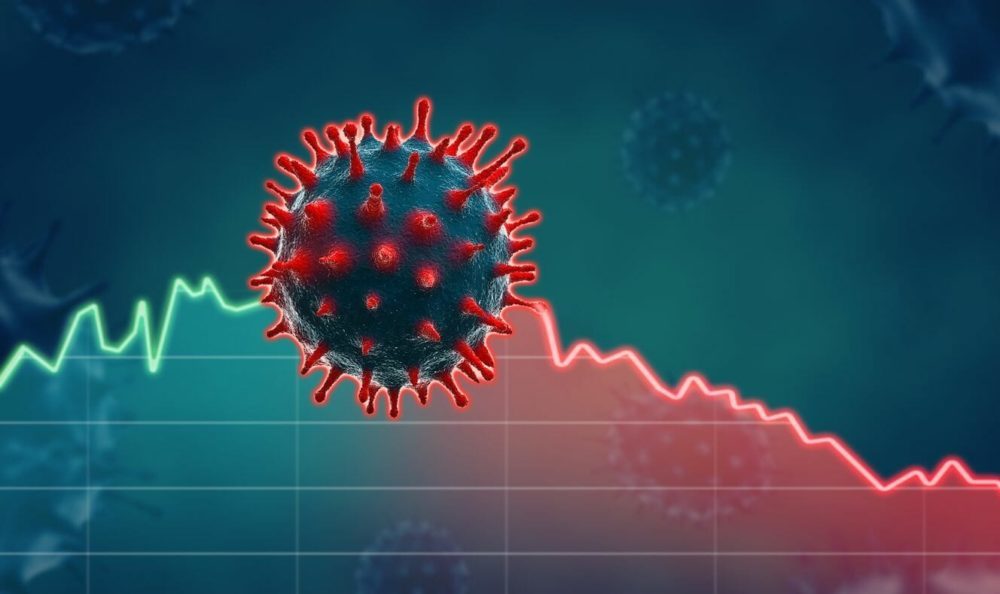The news cycle for the entire Covid-19 pandemic crisis has been awash with crises in the food industry.
First up, stockpiling left consumers without fresh vegetables (as well as toilet paper!) as grocery stores struggled to keep up with unprecedented and panicked consumer demand. (This spelled good news for online grocers that were able to step up to the challenge.)
Second, the restaurant industry not-so-slowly came to its knees as city after city demanded a full lockdown. (Whether this has been a positive for online restaurant delivery is still up for debate.)
Next, images of farmers, used to supplying the foodservice industry, plowing their crops into the field with no place for it to go, were devastatingly blasted across our screens; the same happened with milk dumping.
This week, it’s all about the meat industry as Covid-19 outbreaks among workers are forcing the closure of some of the country’s biggest slaughterhouses, where tens of thousands of animals are processed daily. While the crisis has been a boon to direct-to-consumer meat producers, the industry at large is now warning consumers of a coming shortage in meat supply, while at the same time, livestock farmers are having to make tough decisions on what to do with their herds or flocks that have nowhere to be processed.
“The food supply chain is breaking,” John Tyson, chairman of Tyson Foods, the biggest US meat company, tellingly wrote in a blog post this week.
Now, there’s a growing chorus of industry insiders and commentators arguing that the Covid-19 pandemic is accelerating many trends that were already in motion, not creating new or unexpected disruptions.
Unsurprisingly some of those voices are in the meat substitute space.
“A black swan event like this usually accelerates the changes, which are happening a slower pace,” plant-based animal product alternative company Evo Foods CEO Kartik Dixit wrote on LinkedIn today linking to a Bloomberg article about a potential meat shortage in the US. “Eventually a more robust food supply chain (of course devoid of animals) will be needed. A pivotal point for the alternative protein sector.”
Rob Dongoski, partner and agribusiness leader at consultancy Ernst & Young, suggests that dairy might be another one of those sectors that was already struggling. He references the overall brick & mortar retail industry, which was already under pressure from increasing online retail. With consumers unable to go out shopping during Covid-19-related lockdowns globally, the demise of some is now being accelerated, such as Nimam Marcus, which recently announced bankruptcy.
“But you can’t blame store closures on Covid-19; this trend away from hardline brick and mortar retail was already in motion,” says Dongoski.
By the same stroke, Covid-19 has also bolstered online food delivery including local food systems, with direct-to-consumer channels busting at the seams with demand. Increasing numbers of producers — both meat and produce — have opened e-commerce channels to serve locals with one startup even creating a new service to help them launch into the direct-to-consumer channel as soon as possible. We also heard last week from yoghurt behemoth Danone that its sales, which are based on localized production, have been through the roof in recent weeks.
“We’re seeing the return of the breakfast as people are no longer rushing to get to work and skipping it or grabbing something on the go,” said Yasir Khokhar, CEO of Connecterra in conversation with Danone’s global director of farm relations on the Future Food podcast.
Which trends continue to accelerate post-Covid?
But will these decentralized food systems continue to proliferate post-Covid; will consumers continue to shop online or return to their local supermarkets and grocery stores; will the meat industry bounce back; will consumers go back to restaurants with the same frequency as before or get used to new pick-up options or cooking at home?
“We’ve heard so many stories and anecdotes of how baby boomers, who were so used to physical shopping, have discovered options like Instacart out of necessity but are now enjoying it,” says Dongoski. “I don’t see that completely flip back; many of them will stay in that program. The grocery sector was planning for a generational runoff of in physical presence.”
Dongoski was less certain about how other trends will play out. The pandemic should, therefore, serve as an opportunity for food and agriculture companies to analyze their resiliency, not just to a pandemic but to shifting consumer demands, and how their business is positioned to respond to those headwinds, he argues. “Dairy is a great example but everyone needs to think about how to be more nimble. And as we approach the resurgence of typical consumer habits, how can businesses innovate and not rely on traditional means to solve problems?”
Technology is one way these companies could de-risk their businesses for the future; robotics and automation is a clear example. Automation could have gone a long way to avoiding the outbreaks of the virus at meatpacking plants, for example. Better integration of digital tools could also have helped producers be more nimble when it comes to who they supply and how they get it to market.
Read how TeakOrigin is working on standardizing language around food quality to help producers more easily serve retail clients; pivoting from food service to retail is not as easy as it sounds, as we found out in this farmer conversation.
What do you think? Which consumer food trends will stick post-Covid-19 and which will revert back? Email [email protected]




